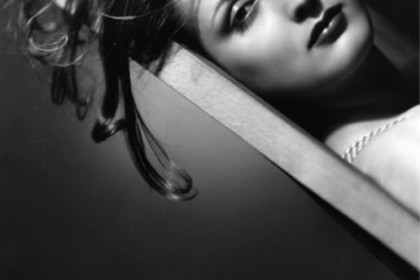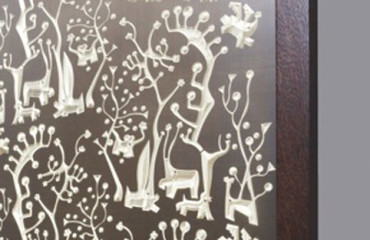
“It’s difficult to be photographed after Ghergo, difficult to see another Alida Valli, or Sylva Koscina, or Sophia Loren. Ghergo in his austere studio transfigures them into the light which defines the outlines of the faces (…). With this Ghergo defines it (the light) a real process of beatification in an ideal heaven”.
These are the words with which Vittorio Sgarbi defines the talent and the work of the man who, in the 1930s was without a shadow of a doubt the fulcrum around which the meaning of photogenics was defined and who led, perhaps unbeknownst to him, a real revolution of visual culture. His name is Arturo Ghergo and he is considered the initiator and main exponent of Italian glamour photography and of his aura, indefinable, that surrounds persons, things and situations and turns them into objects of desire.
It’s the years between the 1920s and 1930s and the young Ghergo arrives in Rome from a backward Italian province. From the Marche region, in Montefano he starts early to practice photography in the studio of his brother; in that environment, he refines the technique of shooting and the press, and especially of photo retouching, of which it would later represent – applied to a more updated social features and specifications of the commemorative portraiture – his greatest fortune.
In those years the Italian photographic culture is undergoing profound transformation; not so much from an aesthetic-artistic point of view but more incisive in its communicative function, hired very quickly even at the behest of the young fascist regime, which decided that photography and cinematography were two exceptional means to cultivate consensus in Italy still literate at the time.Ghergo gets the first important results in the early 1930s, in the field of portrait on commission and with regular publication with his name in captions.
Leda Gloria, Alida Valli and other divas of the time are the subjects that Ghergo transfigures under his skillful play of light and retouching; but it is above all in the service of the high bourgeoisie and of the Roman nobility at the time that the photographer starts to improve and then to impose his own iconographic model, destined to become a status symbol: a late tradition of painting, updated according to modern standards offered on foreign magazines of the burgeoning fashion industry (Vogue, Harper’s Bazaar and Vanity Fair). The image of the subject that comes out of his portraits assumes the contours of a veritable mythology, built on an ideal of beauty and sophisticated coolness, with which the “common mortal” can do nothing but dream about it.
Images: © Archivio Ghergo
 English
English  Italiano
Italiano 



